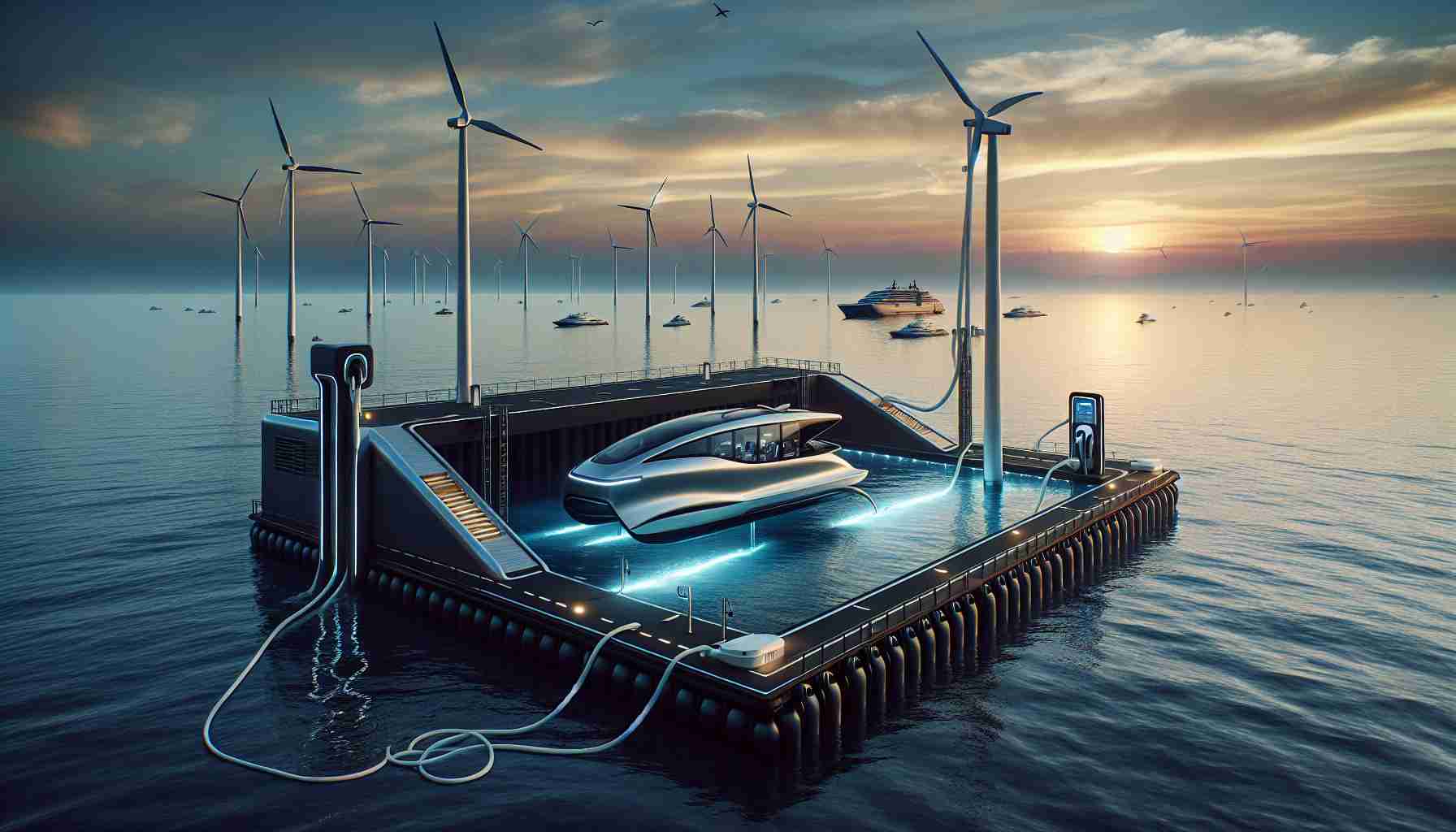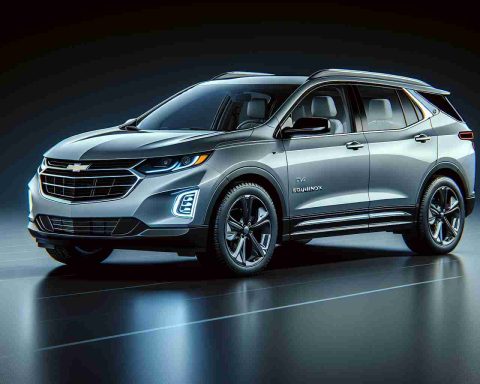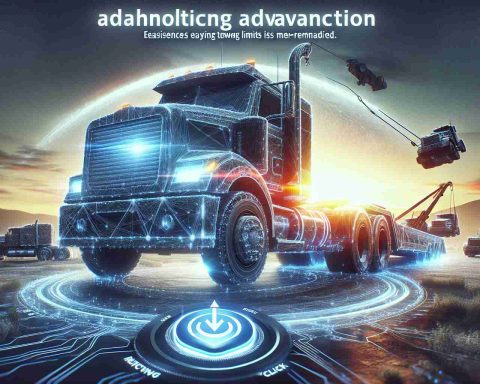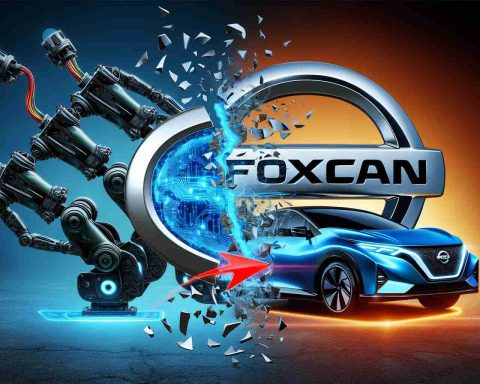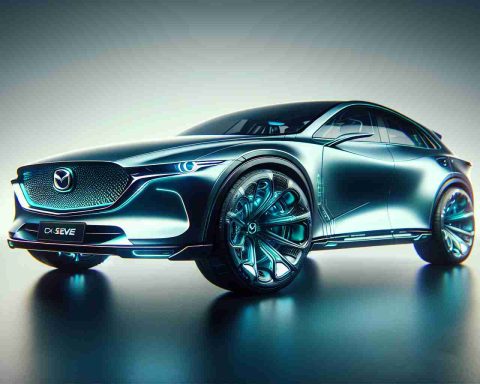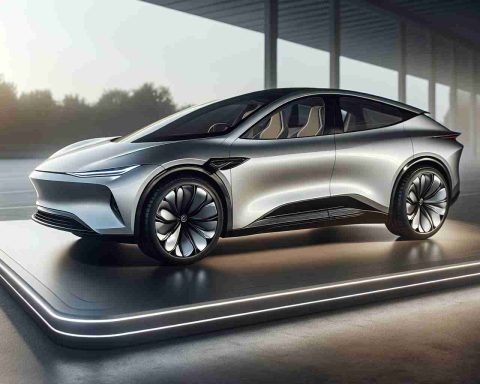- Electric Vehicle (EV) charging on ferries is now possible, enhancing convenience for travelers.
- The M/S Tycho Brahe and M/S Aurora ferries operate between Denmark and Sweden, featuring powerful charging stations.
- Each charging station provides 160 kW, potentially adding 155 miles (250 km) of range during the 20-minute journey.
- These ferries are equipped with 4 MWh batteries and rely on renewable energy sources when docked.
- Innovative payment systems make charging straightforward for passengers.
- Despite past safety concerns, the maritime sector is proactively developing safe standards for EV charging.
- More companies are pursuing sustainable solutions in maritime transport, contributing to a greener future.
Imagine zipping across the water, all while charging your electric vehicle (EV) — sounds futuristic, right? But thanks to innovative companies like Marine Charging Point (MCP), this dream is becoming a reality!
Set sail with two new ferries, the M/S Tycho Brahe and M/S Aurora, docked between Denmark and Sweden, where you can now charge your EV during the short 20-minute journey. Equipped with cutting-edge charging stations that deliver a powerful 160 kW each, these vessels can theoretically add about 155 miles (250 km) of range to your car, making sea travel more efficient than ever.
No need to worry about power sources; these ferries feature robust 4 MWh batteries and utilize renewable energy for charging when docked. With a seamless payment system, charging your car at sea is as easy as tapping your card.
Despite early fears stemming from incidents like the Pearl of Scandinavia fire, the maritime industry is overcoming challenges and developing safe standards for EV charging on water. More companies, like TT-Line with their Green Ships running on LNG, continue to join this green initiative.
Charging your EV during ferry rides not only maximizes convenience but also ensures you’re never stranded with a low battery. As the world embraces a greener future, these marine charging innovations ensure your EV can set sail without limits. So the next time you plan a maritime getaway, look out for those charging stations – your car could be getting a boost while you relax on deck!
Revolutionizing Travel: Charge Your EV on Ferries and Embrace the Future!
As the world increasingly shifts towards electric vehicles (EVs), innovative solutions are emerging to enhance travel experiences. One such breakthrough is the ability to charge your EV while you traverse the open waters. Companies like Marine Charging Point (MCP) lead this charge with the introduction of the M/S Tycho Brahe and M/S Aurora ferries, which operate between Denmark and Sweden. These ferries not only provide a scenic journey but also facilitate sustainable travel by enabling passengers to charge their EVs in just 20 minutes.
Key Features of Marine Charging Point Ferries:
– High-Powered Charging: The ferries are equipped with advanced 160 kW charging stations, allowing passengers to gain an impressive 155 miles (250 km) of range during their short trip.
– Sustainable Energy Use: Each ferry is backed by 4 MWh batteries and supports renewable energy initiatives when docked, reducing the carbon footprint associated with travel.
– Seamless Payment System: With a user-friendly payment method, EV owners can easily charge their vehicles by simply tapping their cards.
Pros and Cons of Charging EVs on Ferries
Pros:
– Convenience: Passengers can maximize their travel time without worrying about their vehicle’s battery level.
– Sustainability: Charging EVs using renewable energy sources contributes to global sustainability efforts.
– Innovative Travel Solutions: Addresses the growing need for integrated charging infrastructures in transportation.
Cons:
– Limited Charging Opportunities: Only available on specific ferry routes.
– Potential for Disruption: Charging could be affected by extreme weather conditions or technical issues.
Market Forecast for Marine EV Charging
As the demand for EVs grows, the marine transportation industry is expected to see significant investments in charging infrastructure. By 2030, experts predict that a surge in available charging points on ferries could facilitate a shift towards more sustainable travel options, potentially increasing passenger use of ferries by 30%.
Related Questions
1. How does the charging process work on these ferries?
– The charging process is straightforward. Passengers arrive at the ferry terminal, connect their EVs to the designated charging station while they board, and the charging begins immediately. At the end of the journey, the car will have a significant boost in its range thanks to the high-powered chargers.
2. What are the safety measures in place for EV charging on ferries?
– Safety aboard ferries has improved significantly, incorporating rigorous standards following previous incidents like the Pearl of Scandinavia fire. This includes specialized training for crew members, enhanced fire suppression systems, and regular maintenance checks on the charging equipment.
3. Are there other countries implementing similar EV charging solutions on ferries?
– Yes, several countries in Europe and beyond are exploring similar initiatives. For instance, companies in Norway and the UK have started implementing charging solutions on ferries as part of a broader strategy to enhance EV infrastructure and promote greener travel options.
For further information about the sustainable solutions offered by Marine Charging Point, visit their main domain: Marine Charging Point.
